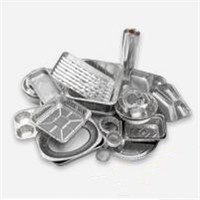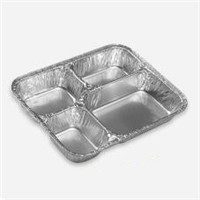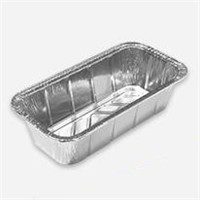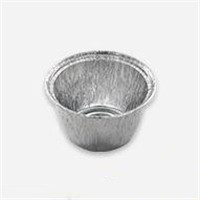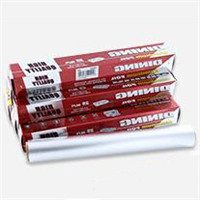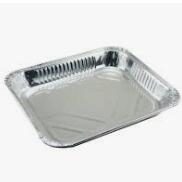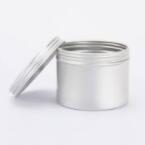The history of aluminum foil as a packaging material dates back to the 1940s. During World War II, aluminum became a strategic material and was widely used for military purposes. After the war, aluminum manufacturers sought civilian applications for the surplus aluminum they had produced during the conflict.
In the late 1940s and early 1950s, aluminum foil containers gained popularity due to their excellent properties, which include:
- Lightweight: Aluminum foil is lightweight, making it easy to transport, handle, and store.
- Heat conductivity: Aluminum is an excellent conductor of heat, allowing for even cooking and heating of food.
- Barrier properties: Aluminum foil provides an effective barrier against moisture, light, air, and bacteria, preserving the freshness and flavor of the food inside.
- Versatility: Aluminum foil containers come in various shapes and sizes, making them suitable for a wide range of food products.
- Recyclability: Aluminum is a highly recyclable material, making it an environmentally friendly choice for food packaging.
These properties made aluminum foil containers a convenient and practical option for both food manufacturers and consumers. They are commonly used for take-out meals, ready-to-eat dishes, airline meals, catering, and even for reheating food in ovens or microwaves.
Moreover, the introduction of disposable aluminum foil containers reduced the need for washing and cleaning, which led to time and resource savings in both domestic and commercial settings.
Over time, manufacturers have continued to innovate, producing different types of aluminum foil containers, such as compartmentalized trays and containers with lids for easy storage and transport.
Overall, the introduction of aluminum foil containers transformed the way food is packaged, stored, and consumed, offering convenience, efficiency, and freshness to the food industry and consumers alike.



